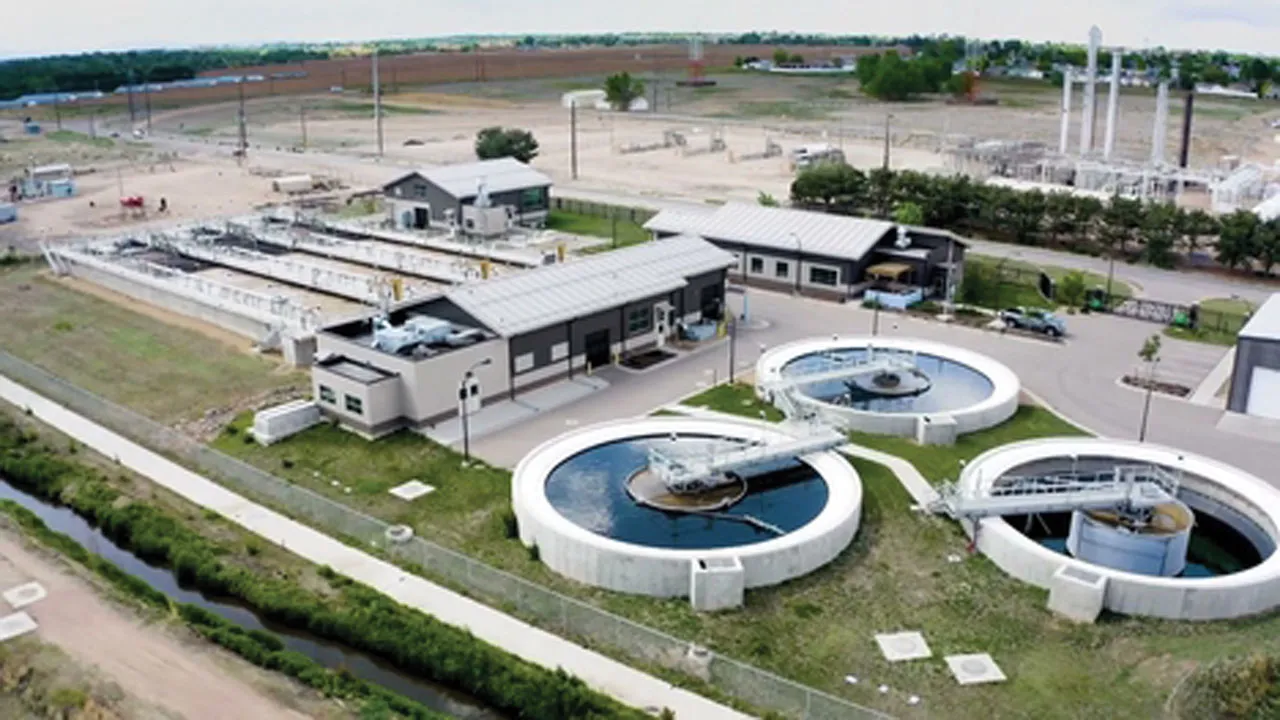Roadmap for 2021 recovery doesn’t exist

The COVID-19 pandemic has affected so many aspects of people’s lives in 2020 that it is hard to separate out things that didn’t happen because of or in response to COVID. As the region looks forward to 2021, it is important to look back at the economy and how it was negatively impacted in 2020 and how the year’s events will continue to impact Northern Colorado and the state as a whole.
The pandemic hit Colorado’s hospitality industries, such as hotels, airlines and travel, hard. It also has made it nearly impossible for smaller businesses like restaurants…
THIS ARTICLE IS FOR SUBSCRIBERS ONLY
Continue reading for less than $3 per week!
Get a month of award-winning local business news, trends and insights
Access award-winning content today!




